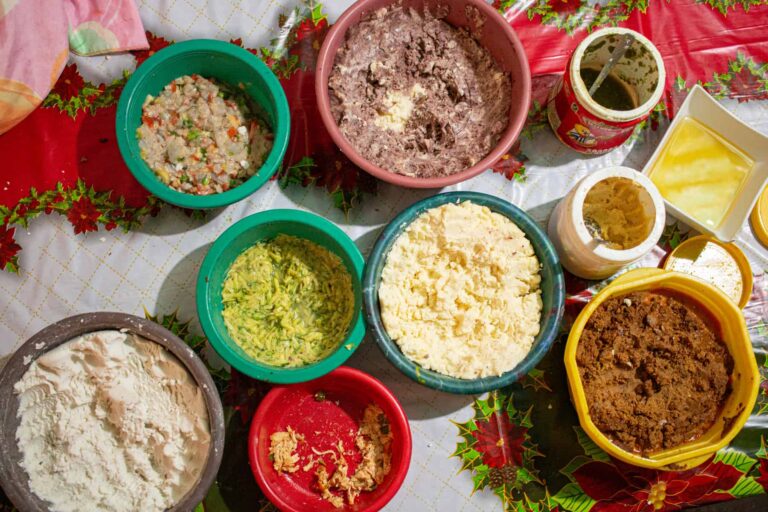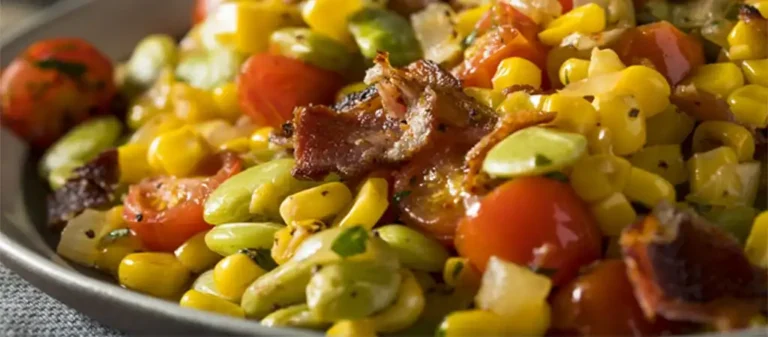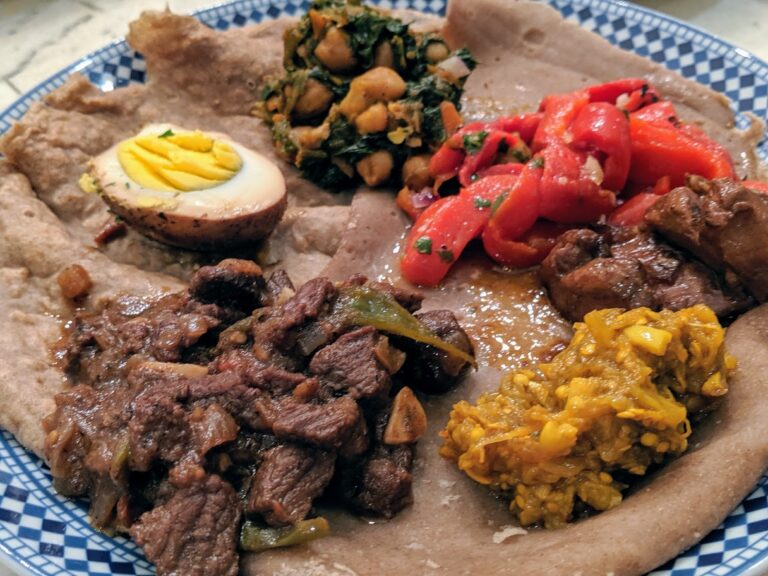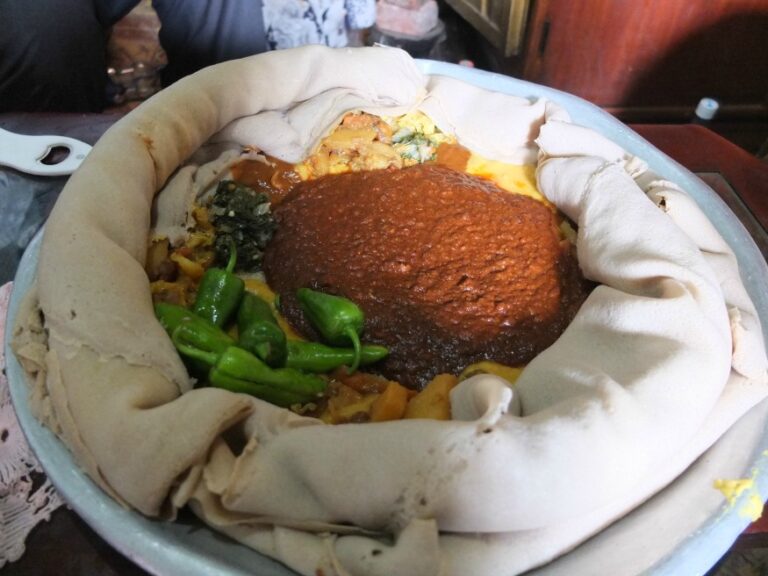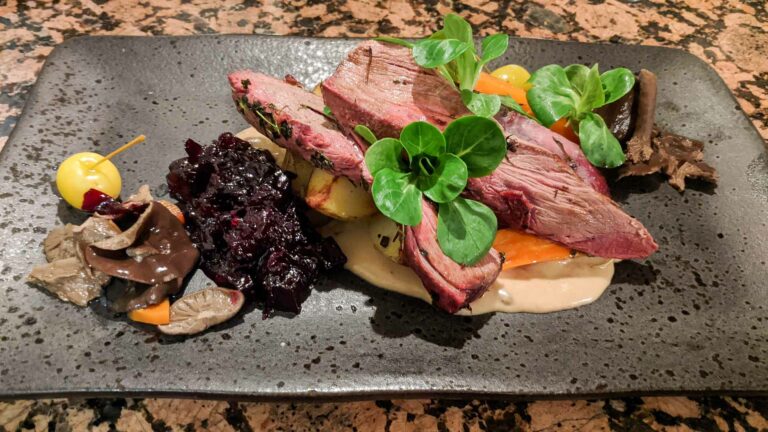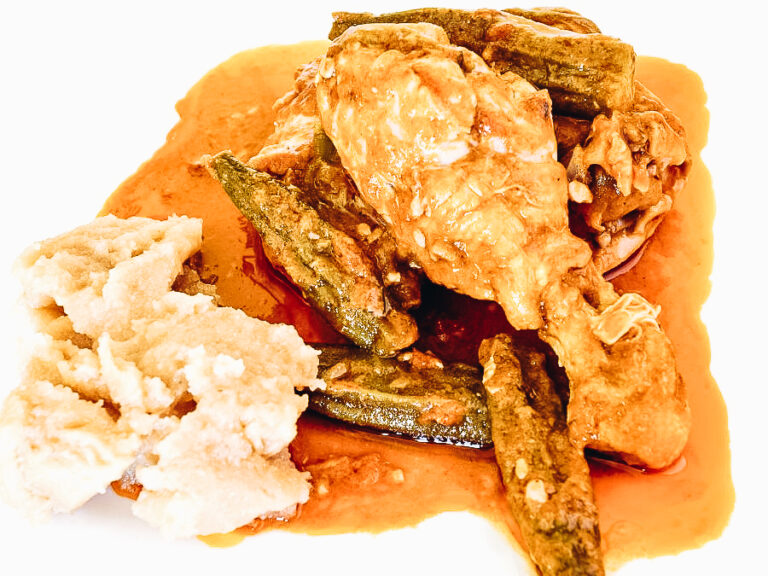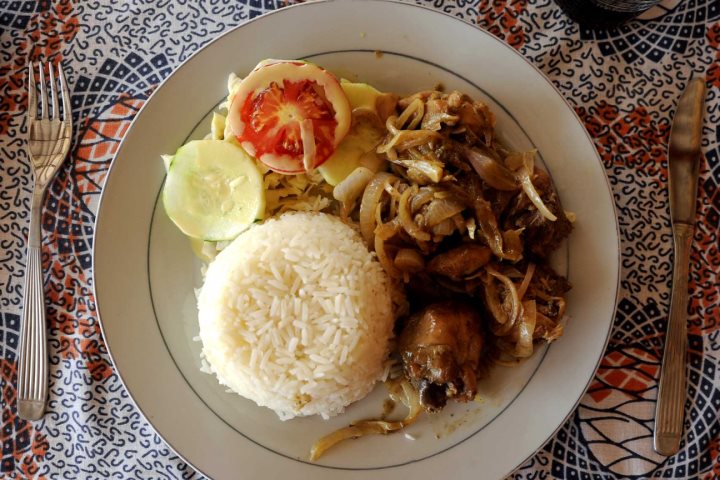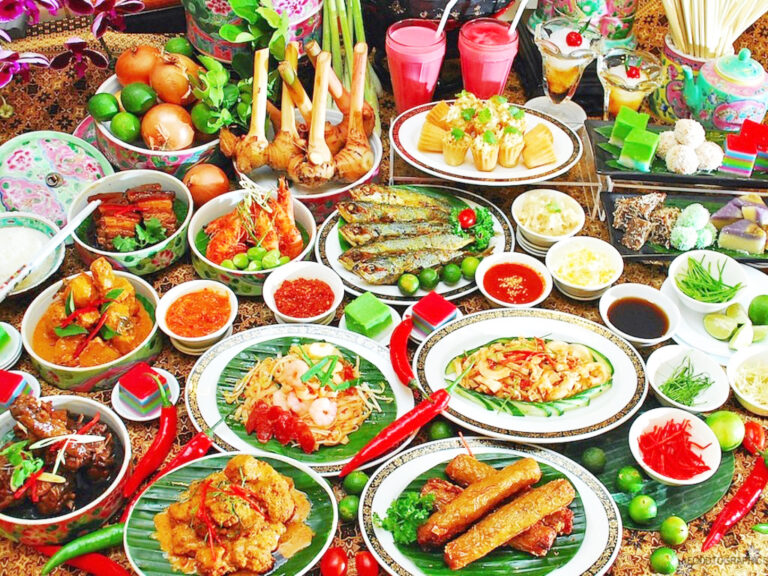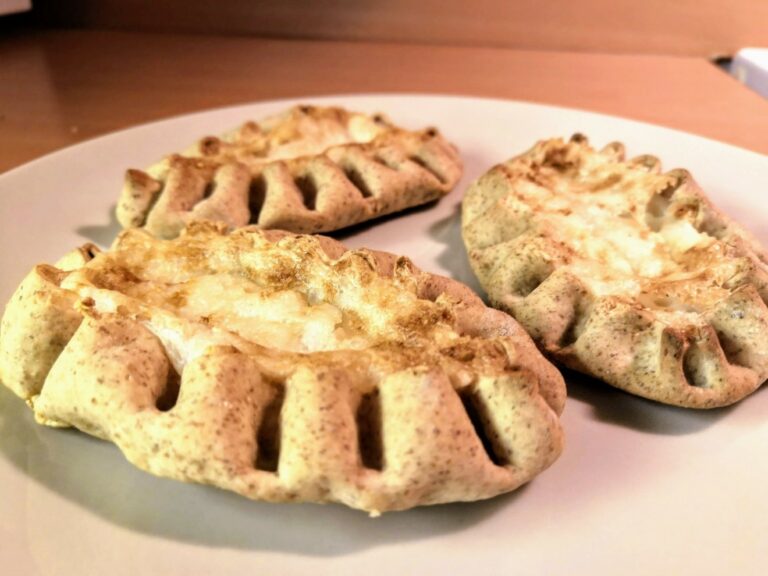Introduction: Exploring El Salvadoran Desserts
El Salvadoran cuisine is a fusion of indigenous and Spanish flavors that has been enriched by a variety of cultures over the years. The country’s desserts are no exception, with a diverse range of sweet treats that are sure to tantalize your taste buds. From the iconic quesadilla to the irresistible tres leches cake, El Salvadoran desserts are a must-try for anyone with a sweet tooth.
The Iconic Quesadilla
The quesadilla is perhaps the most famous El Salvadoran dessert. It is a sweet, cake-like pastry that is filled with a blend of sweetened cheese and a hint of cinnamon. The quesadilla is typically served warm and fresh out of the oven, making it a perfect accompaniment to a cup of coffee or tea. Its unique texture and flavor make it a favorite among locals and visitors alike.
The Sweet and Fluffy Pan Dulce
Pan dulce, which translates to “sweet bread,” is a type of pastry that is popular throughout Latin America. In El Salvador, it is often enjoyed for breakfast or as a snack. The pastry is soft and fluffy, with a slightly sweet flavor that is perfect for pairing with a cup of coffee or tea. Pan dulce comes in a variety of shapes and sizes, each with its own unique flavor and texture.
The Famous Salvadoran Empanadas
Empanadas are a popular dessert throughout Latin America, and El Salvador is no exception. Salvadoran empanadas are typically made with a sweet, corn-based dough that is stuffed with a filling of fruit, such as pineapple, strawberry, or mango. The empanadas are then fried until golden brown and crispy. They are often served with a dollop of whipped cream or a sprinkle of powdered sugar.
The Delightful Cocadas
Cocadas are a type of chewy coconut candy that is popular in El Salvador. They are made by combining grated coconut with sugar and milk, and then cooking the mixture until it forms a thick, sticky paste. The candy is then scooped into small mounds and left to cool. Cocadas come in a variety of flavors, including chocolate and vanilla, and are often served at special occasions like weddings and holidays.
The Irresistible Platanos Fritos
Platanos fritos, or fried plantains, are a popular dessert in El Salvador. The plantains are sliced lengthwise and fried until crispy and golden brown. They are then served with a drizzle of honey or topped with a scoop of vanilla ice cream. Platanos fritos are a simple yet delicious dessert that is perfect for satisfying a sweet tooth.
The Mouth-watering Tres Leches Cake
Tres leches cake, which translates to “three milk cake,” is a rich and decadent dessert that is popular throughout Latin America. The cake is made by soaking a sponge cake in a mixture of condensed milk, evaporated milk, and heavy cream. The result is a moist and creamy cake that is topped with whipped cream and fresh fruit. Tres leches cake is a must-try for anyone visiting El Salvador.
Conclusion: Savor the Best of El Salvador’s Desserts!
El Salvadoran desserts are a reflection of the country’s rich history and culture. From the iconic quesadilla to the mouth-watering tres leches cake, these sweet treats are sure to satisfy your sweet tooth and leave you craving more. So, the next time you find yourself in El Salvador, be sure to savor the best of its desserts.

